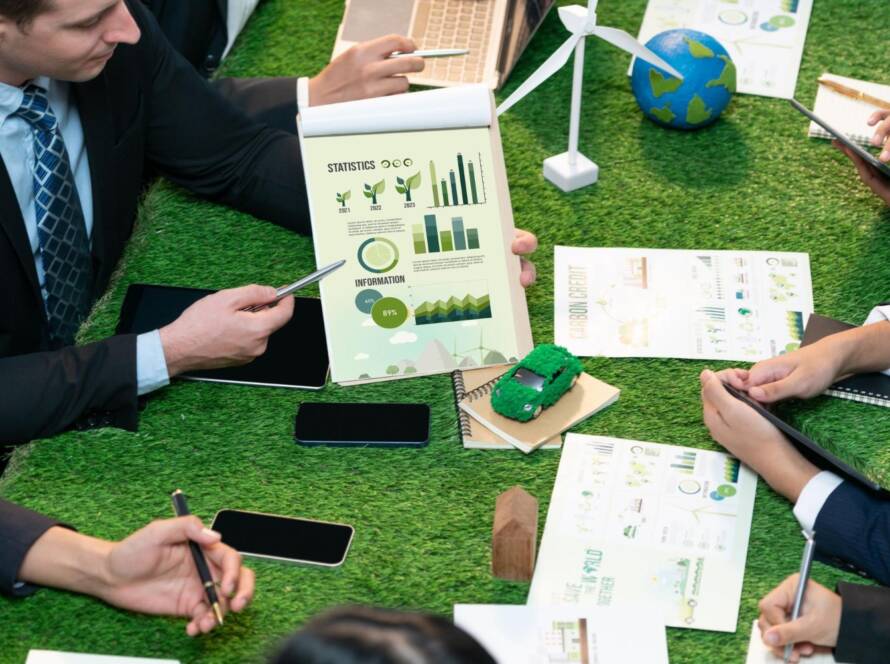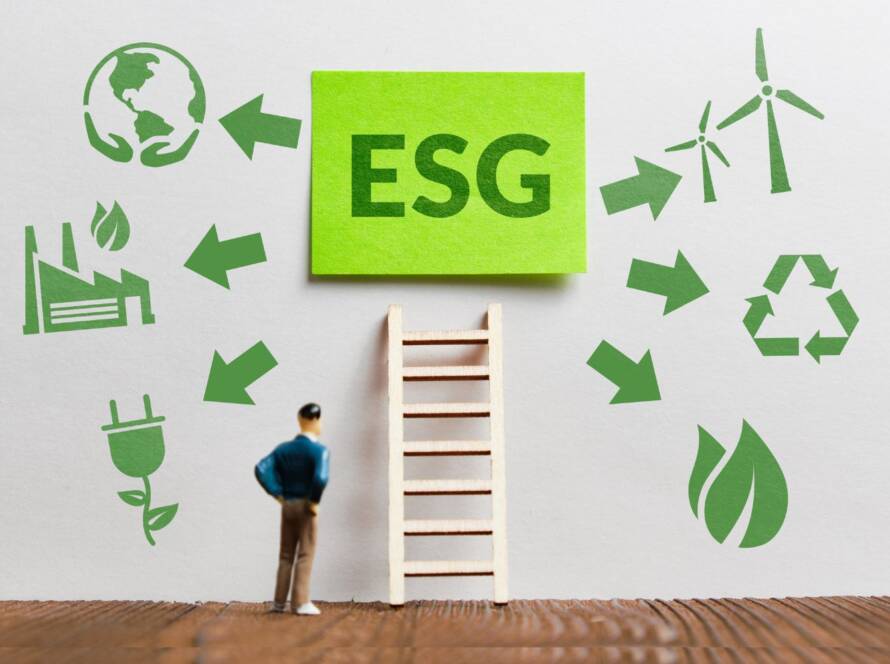In a world where environmental challenges are becoming increasingly evident, the concept of a circular economy is gaining prominence as a powerful tool for mitigating climate change, reducing resource depletion, and promoting sustainability. This transformative approach represents a departure from the traditional linear economic model, characterised by the extraction of raw materials, production, consumption, and disposal. Instead, a circular economy focuses on creating a regenerative, closed-loop system where materials, products, and services retain their value for as long as possible, minimising waste and maximising resource efficiency.
The Circular Economy Defined
At its core, a circular economy aims to eliminate waste through superior material and product design, efficient resource utilisation, and the reclamation of “waste” materials as valuable resources for creating new products. The term is succinctly defined as an economy that uses a systems-focused approach, emphasising restorative and regenerative industrial processes and economic activities.
Key Principles of a Circular Economy
Elimination of Waste: The primary goal is to reduce material use and minimise waste, fostering a more sustainable and responsible approach to resource management.
Circulation of Materials and Products: Materials, products, and services are designed to be reused, remanufactured, or recycled, keeping them in circulation for as long as possible.
Regeneration of Nature: Circular economy systems aim to restore natural systems and promote regenerative practices, ensuring long-term sustainability.
The Environmental Imperative
The urgency of adopting a circular economy approach is underscored by the United Nations’ International Resource Panel, which determined that natural resource extraction and processing contribute to approximately 50% of global greenhouse gas emissions. The implications for climate change are clear, making material recovery an essential component of addressing the climate crisis.
The Social and Environmental Justice Dimension
The concept of a circular economy extends beyond environmental benefits. It also addresses social equity and justice concerns, particularly for marginalised communities disproportionately affected by non-circular economic practices. Many landfills and industrial facilities are situated in proximity to low-income areas, leading to negative environmental and health impacts. A circular economy for all seeks to reduce waste, limit the use of toxic materials, and create safe jobs and healthier communities.
UNDP’s Support for Circular Economy
The United Nations Development Programme (UNDP) plays a crucial role in supporting countries in adopting circular and green economy approaches. By assisting countries in integrating circular economy measures into their climate pledges and fostering cross-industry partnerships, UNDP is helping accelerate the transition to a more circular and regenerative world.
Accelerating the Transition to a Circular Economy
Despite the urgency of transitioning to a circular economy, challenges persist. These include limited knowledge and understanding of circular economy concepts, the need for financial support and investment in transitioning to circular business models, and the complexity of tracking and reporting progress. To accelerate the transition, governments should engage stakeholders across value chains, prioritise inclusivity, and incorporate circular economy measures into their climate pledges, ensuring a sustainable and regenerative future.
Leveraging the Circular Economy to Address E-Waste
Electronic waste is a rapidly growing issue, with only 17.4% of e-waste being recycled globally. E-waste not only contributes to environmental and health problems but also results in the loss of valuable raw materials. By integrating circularity into their electronics design and recovery strategies, businesses can access untapped opportunities and lower their environmental impact.
Advantages of the Circular Economy
1. Resource Efficiency: Highlight how the circular economy maximizes the use of resources, reducing waste and promoting sustainable practices.
2. Environmental Benefits: Discuss the significant reduction in environmental impact, including lower greenhouse gas emissions, pollution, and resource depletion.
3. Cost Savings: Explain how the circular economy can lead to economic savings for businesses and consumers by decreasing production and disposal costs.
4. Innovation: Emphasize how the circular economy encourages innovation in product design, material use, and waste reduction, fostering technological advancements.
5. Consumer Awareness: Talk about how the circular economy raises consumer awareness about sustainable consumption and drives demand for eco-friendly products and services.
6. Long-term Sustainability: Conclude with how the circular economy supports a more sustainable and regenerative approach to resource management, ensuring long-term sustainability.
Moving Forward
The implementation of circular economy business models offers opportunities for businesses to create value, reduce environmental impact, and promote sustainability. Companies should align their circular strategies with their resource capabilities, form cross-industry partnerships, and focus on full value chain integration to ensure the success of circular economic initiatives.
In Conclusion
The circular economy is not just a buzzword but a transformative concept that has the potential to revolutionise the way we manage resources, reduce waste, and address pressing environmental challenges. By embracing circular principles, nations, businesses, and communities can work together to create a more sustainable, regenerative, and inclusive future for all.



